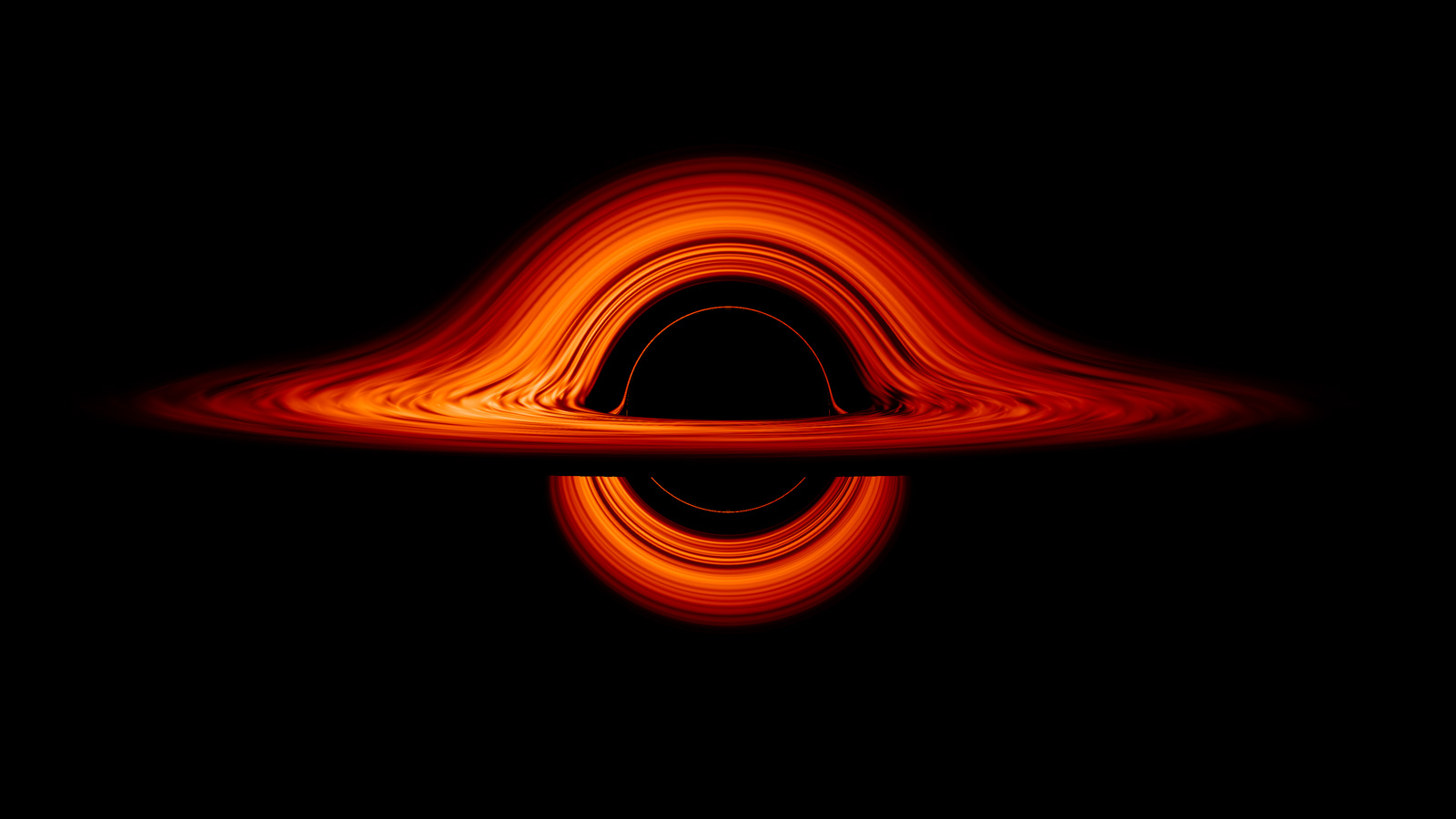Videos

NASA's Guide to Black Hole Safety
This handy video will help get you oriented before your trip (that we still wish you wouldn't take). Learn more about black holes, how to find them, and how to stay safe on your travels!
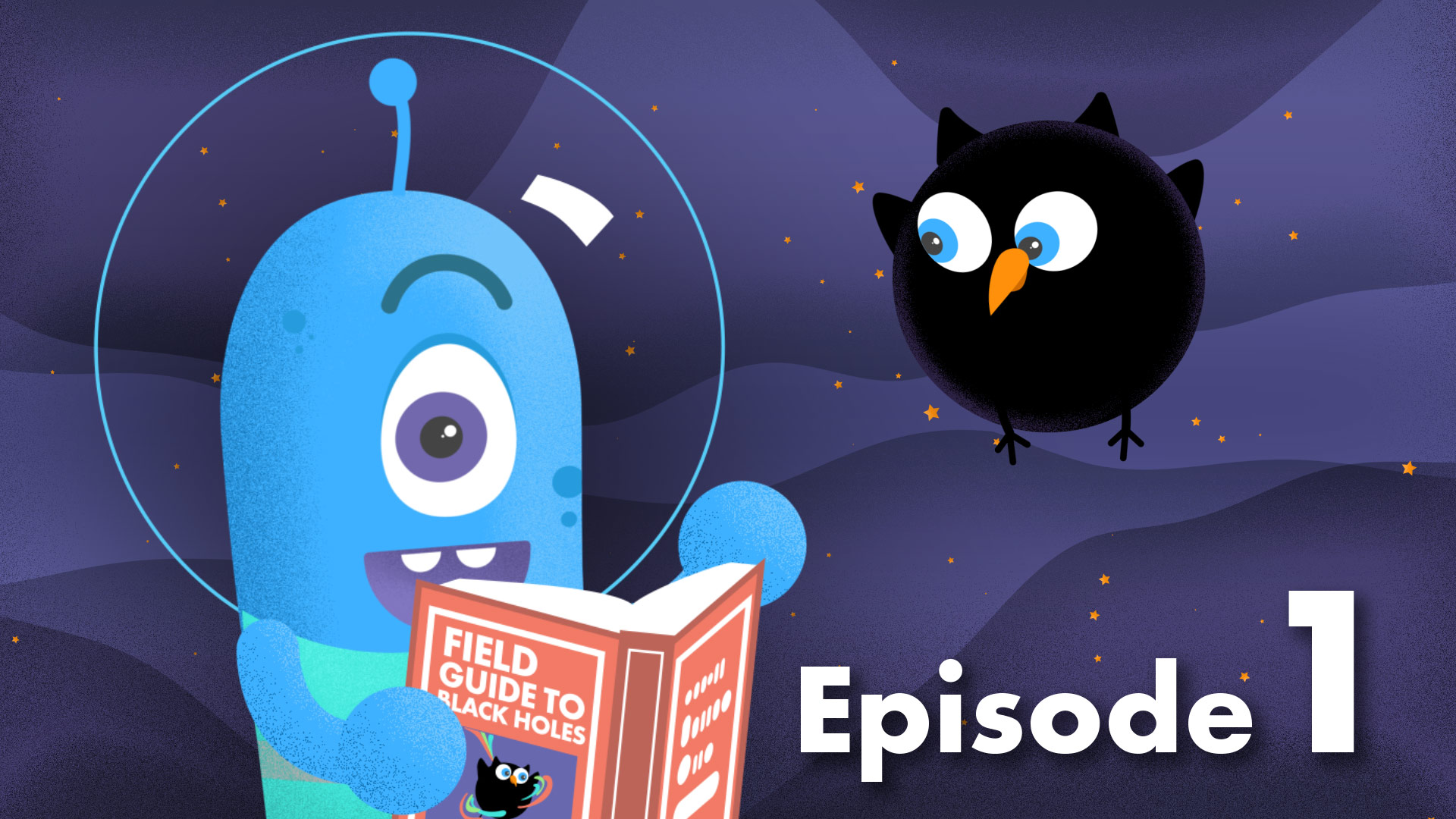
Black Hole Field Guide Episode 1
If you’re looking to find some black holes, it’s always helpful to know exactly what you’re looking for! To get started on your black hole hunt, first watch this handy video to learn the basics about these strange cosmic objects.
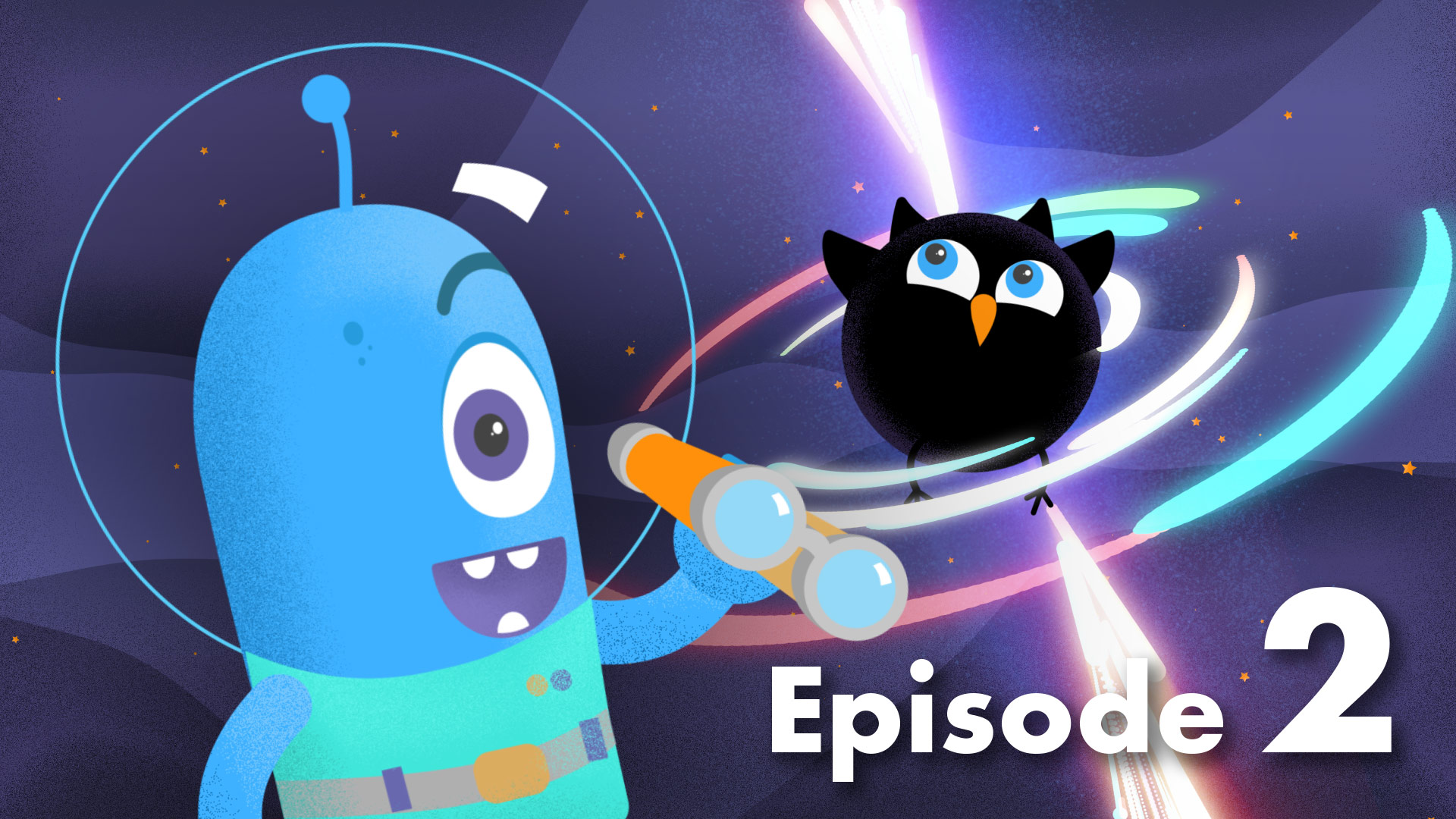
Black Hole Field Guide Episode 2
Once you’ve gotten the hang of basic black holes, you might want to search for some fancier ones. That’s great! But, before you do, refer to this convenient chapter to learn just how fancy some black holes can be.
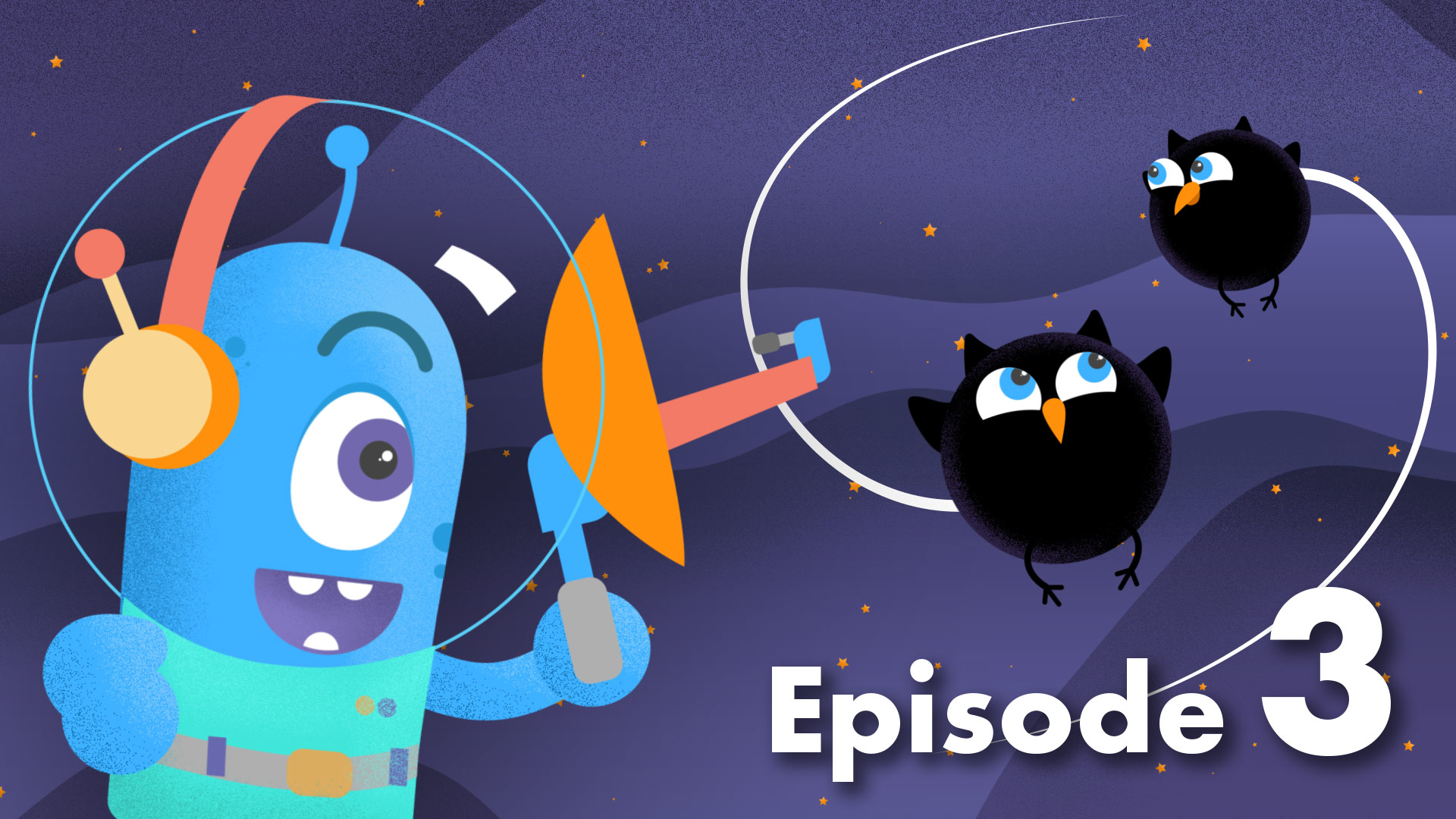
Black Hole Field Guide Episode 3
Watching black holes by themselves is fun, but what about ones that like being more social? Some black holes really LOVE to dance with other objects in the universe. Learn more about them by watching this helpful video!
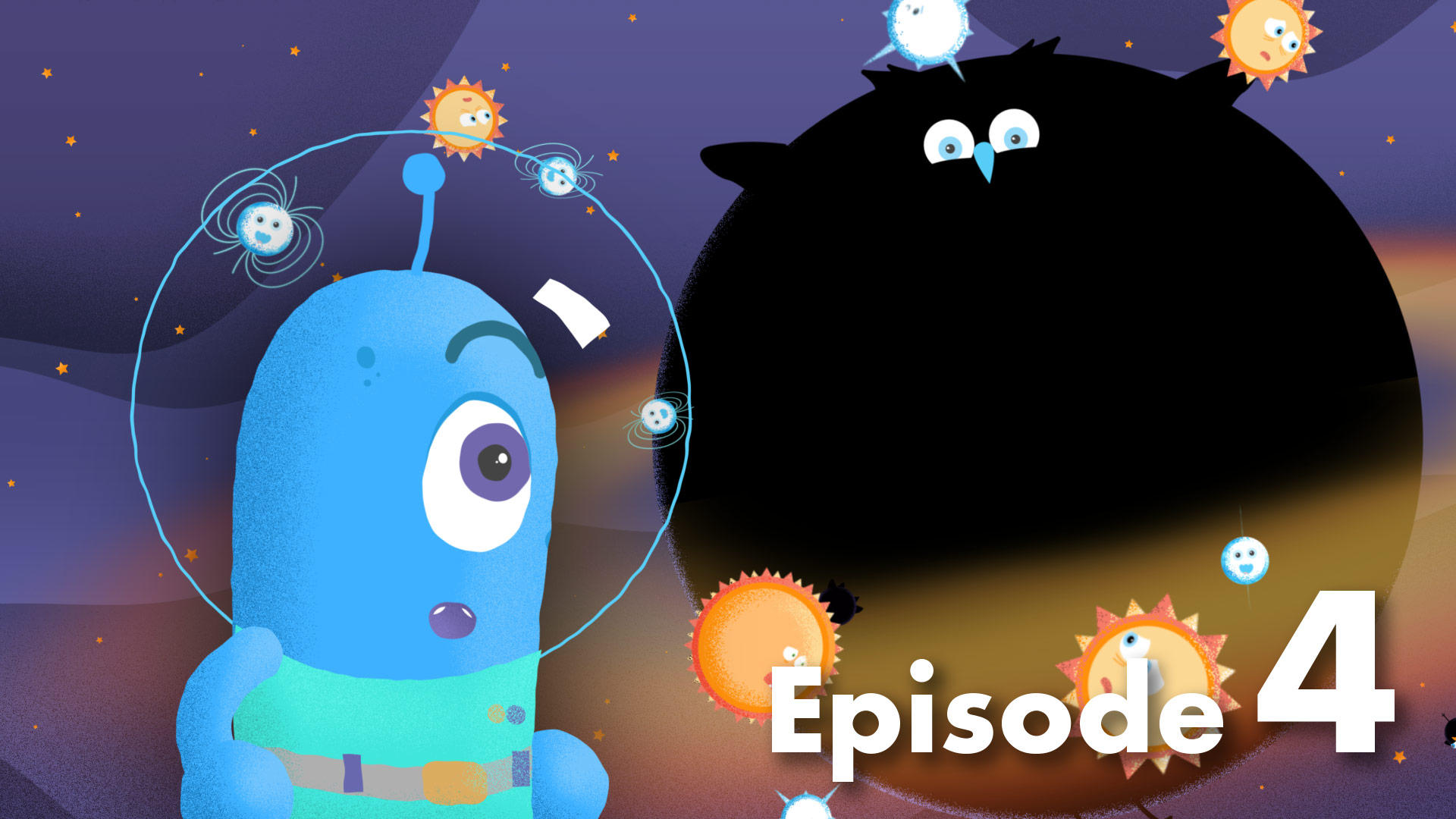
Black Hole Field Guide Episode 4
It’s not just smaller black holes that have all the fun – really, really massive black holes also enjoy being the center of attention! Watch this chapter to learn more about these giant black holes and all their companions!

Black Hole Field Guide Episode 5
Even though you’ve learned about basic black holes, and fancy black holes, and social black holes, and giant black holes, there are always stranger things out there! In this final chapter, you can learn about some of the rarest black holes – biggest, smallest, farthest, strangest, and more!

Black Hole 101: What Is a Black Hole?
Want to know more about black holes, but don't have a lot of time? This short video will give you a quick overview of some of the most interesting features of black holes.
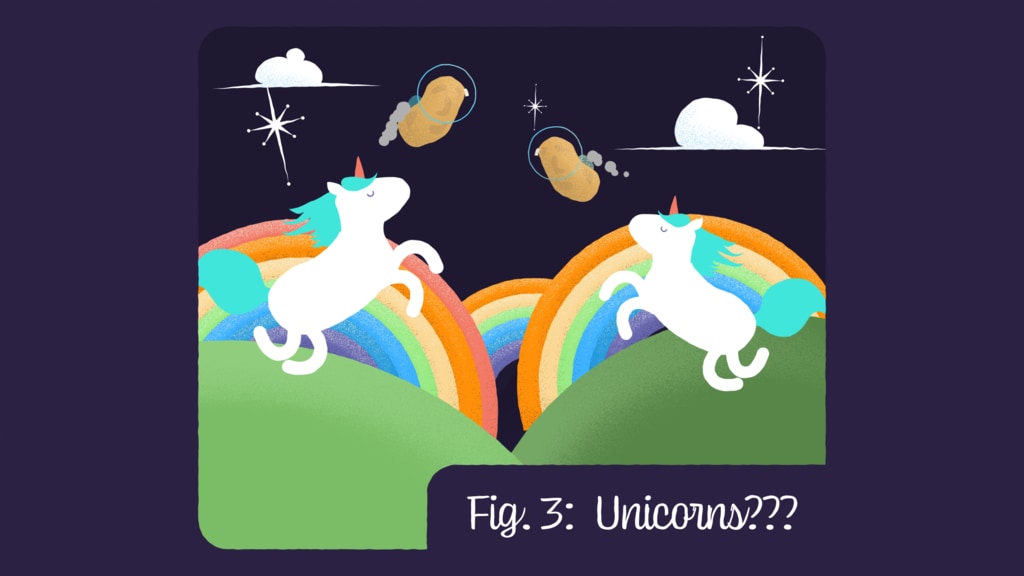
Black Hole 101: What a Black Hole is NOT
Black holes ARE physical objects in space, but they are also NOT a lot of things. Watch this short video to learn a bit more about what black holes aren't!

Black Hole 101: How To Find a Black Hole
If you're still convinced that you need to visit a black hole (please don't), you should probably know how to find them. To learn important tips and tricks for finding black holes, watch this short video!
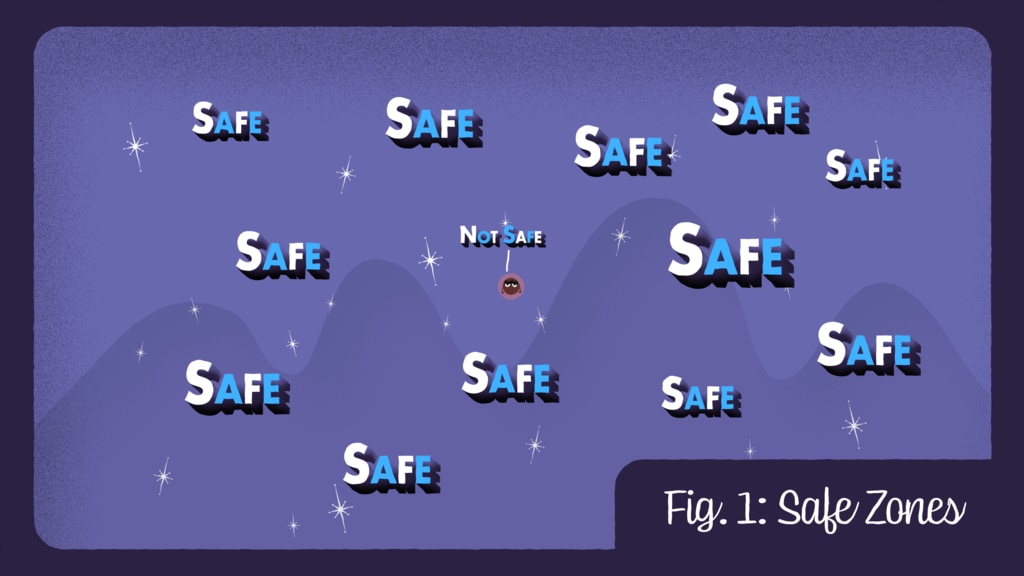
Black Hole 101: Important Safety Considerations
If you're planning on visiting a black hole despite it almost definitely being a bad idea, it's important to know how to stay safe when arriving. This video contains some important safety tips!

Vignette: Baby and Supermassive Black Holes
A supermassive black hole offers a helping hand to a baby (stellar-mass) black hole.

Vignette: Taking a Photo
The Traveler encounters a black hole and tries (somewhat unsuccessfully) to take a photo.

Vignette: Back Home
The Traveler is back from their trip to a black hole, starts planning future adventures.
Downloadable Postcards, Wallpapers, and Guides
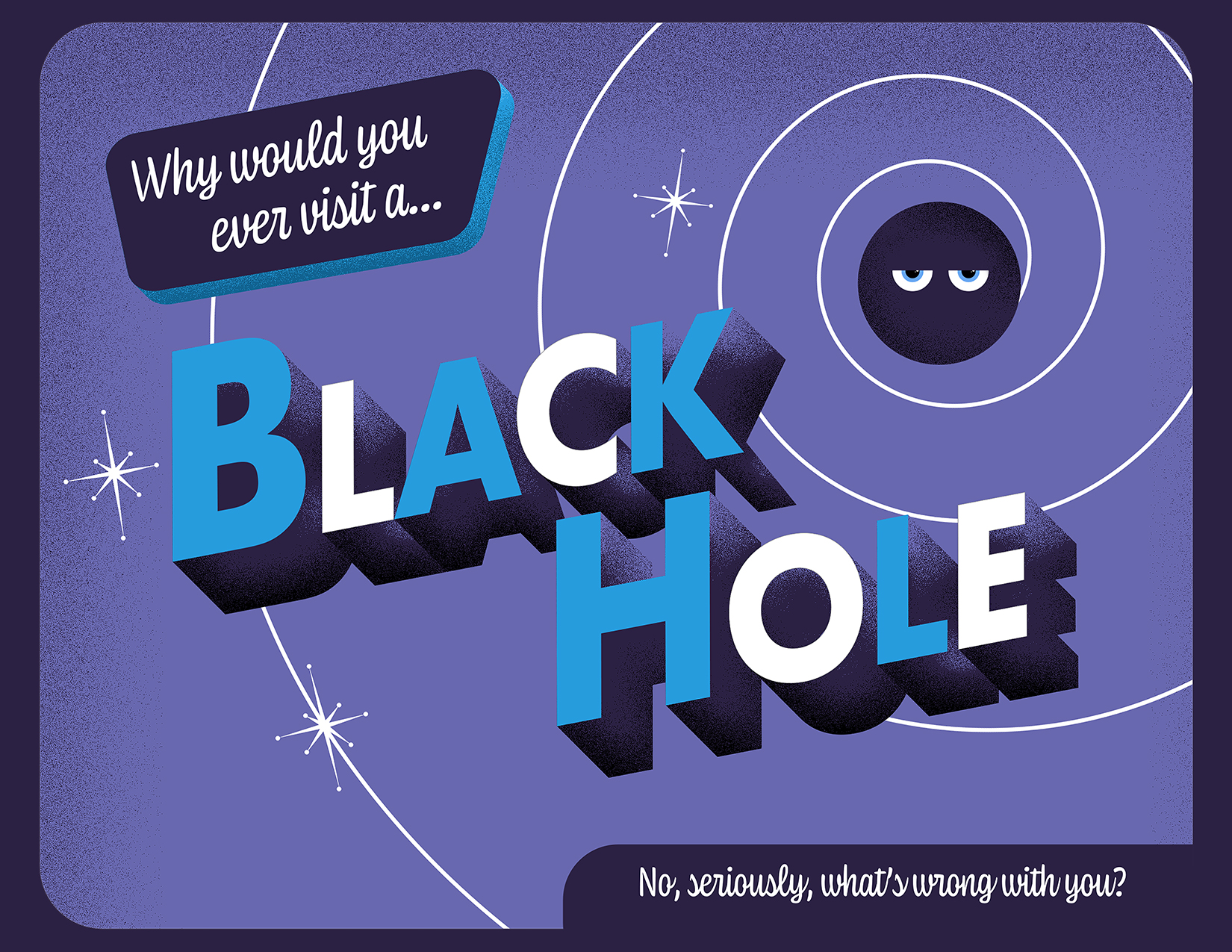
Black Hole
This postcard will help remind all your friends of your memorable trip to a black hole—and why they might not want to go themselves.

Event Horizon
See the sights (or lack thereof)! Your friends will be jealous of your adventures at the event horizon when they receive this postcard.

The Singularity
The spot at (quite literally) the center of all the action! Send this postcard to a friend…if you can.
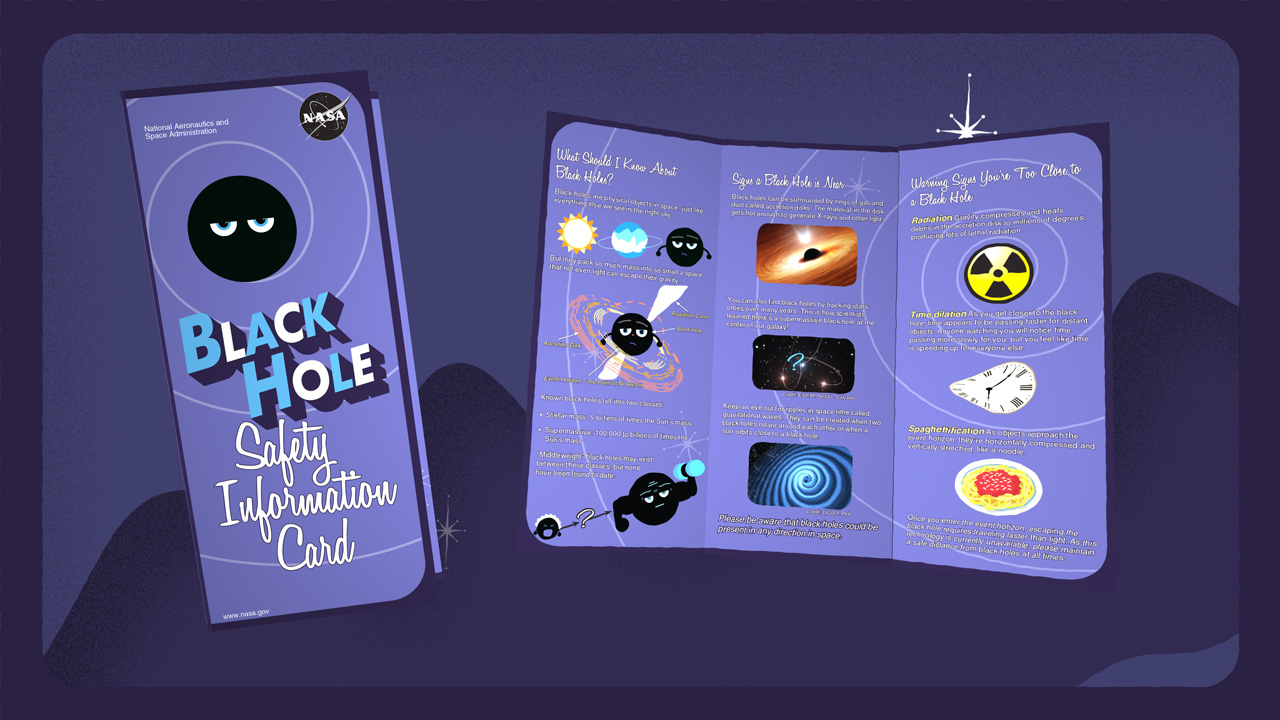
Safety Brochure
Keep this this helpful brochure in your spacesuit pocket for all the tips, tricks, and facts you'll need for your next black hole vacation!

A Field Guide to Black Holes Booklet
This handy dandy field guide covers basic black hole anatomy, how to find black holes, as well as different black hole types. Never go anywhere without it.

Wallpaper: Traveler and Black Hole
A snapshot of our favorite Traveler and their friend, the black hole. Sized for both mobile and desktop.
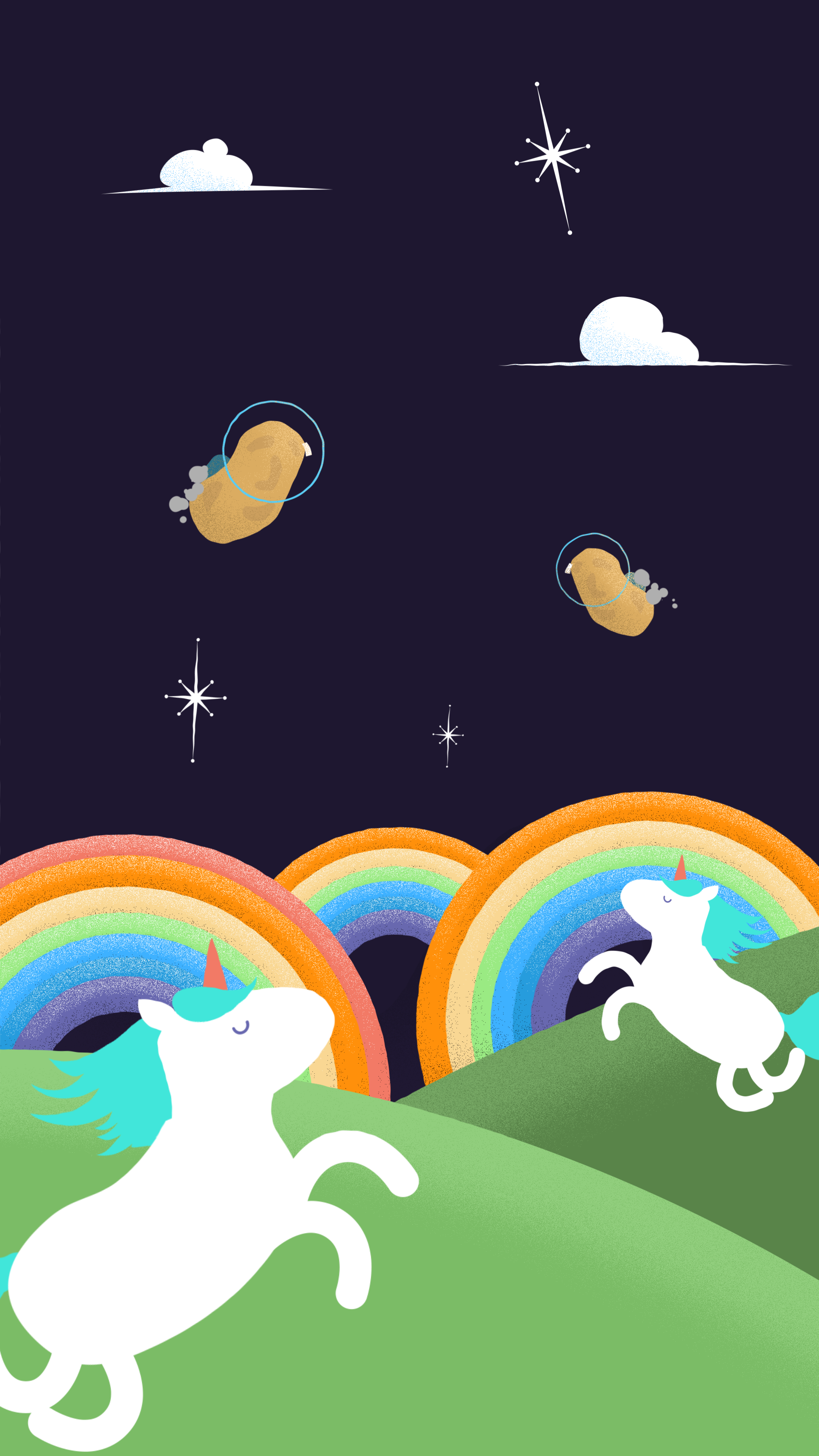
Wallpaper: Unicorns and Space Potatoes
While black holes aren't portals to strange new places, you can pretend you're there anyway. Sized for mobile and desktop.

Wallpaper: Blast Off!
Are you always ready for an adventure? Download this wallpaper for your next exciting trip. Sized for mobile devices.

Wallpaper: Looking for black hole birds
Black holes can be hard to find unless you know what you’re looking for. Available for both desktops and smartphones.
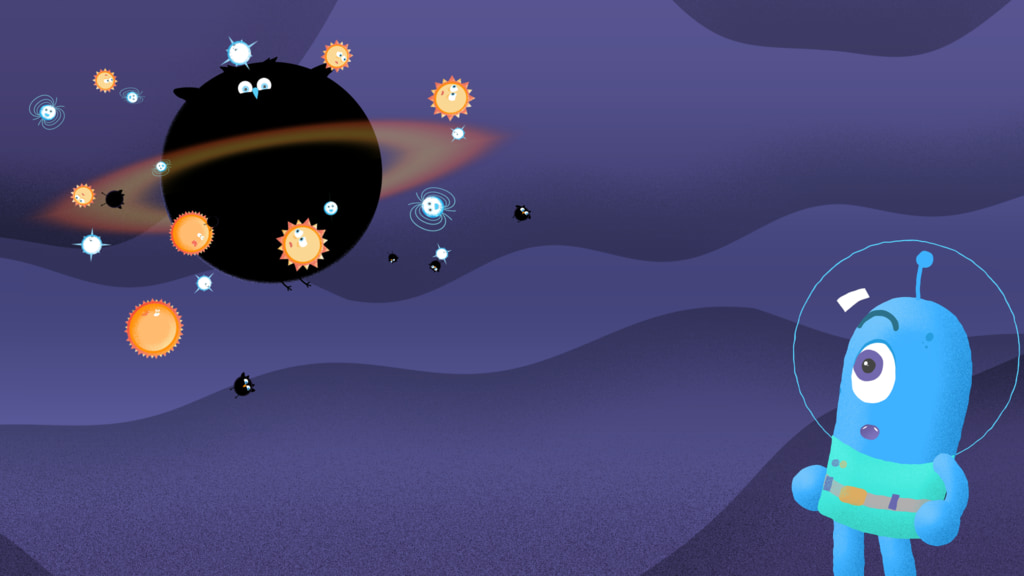
Wallpaper: Supermassive black hole and friends
Supermassive black holes love being the center of attention, gathering up a lot of company. Available for both desktops and smartphones.
Characters, GIFs, and other assets

Traveler and Friends GIFs
This page provides social media assets used during previous celebrations of Black Hole Week.

The Traveler: GIFs
This character is defined by boundless enthusiasm, a bit of naïveté, and a childlike love of exploration and discovery.
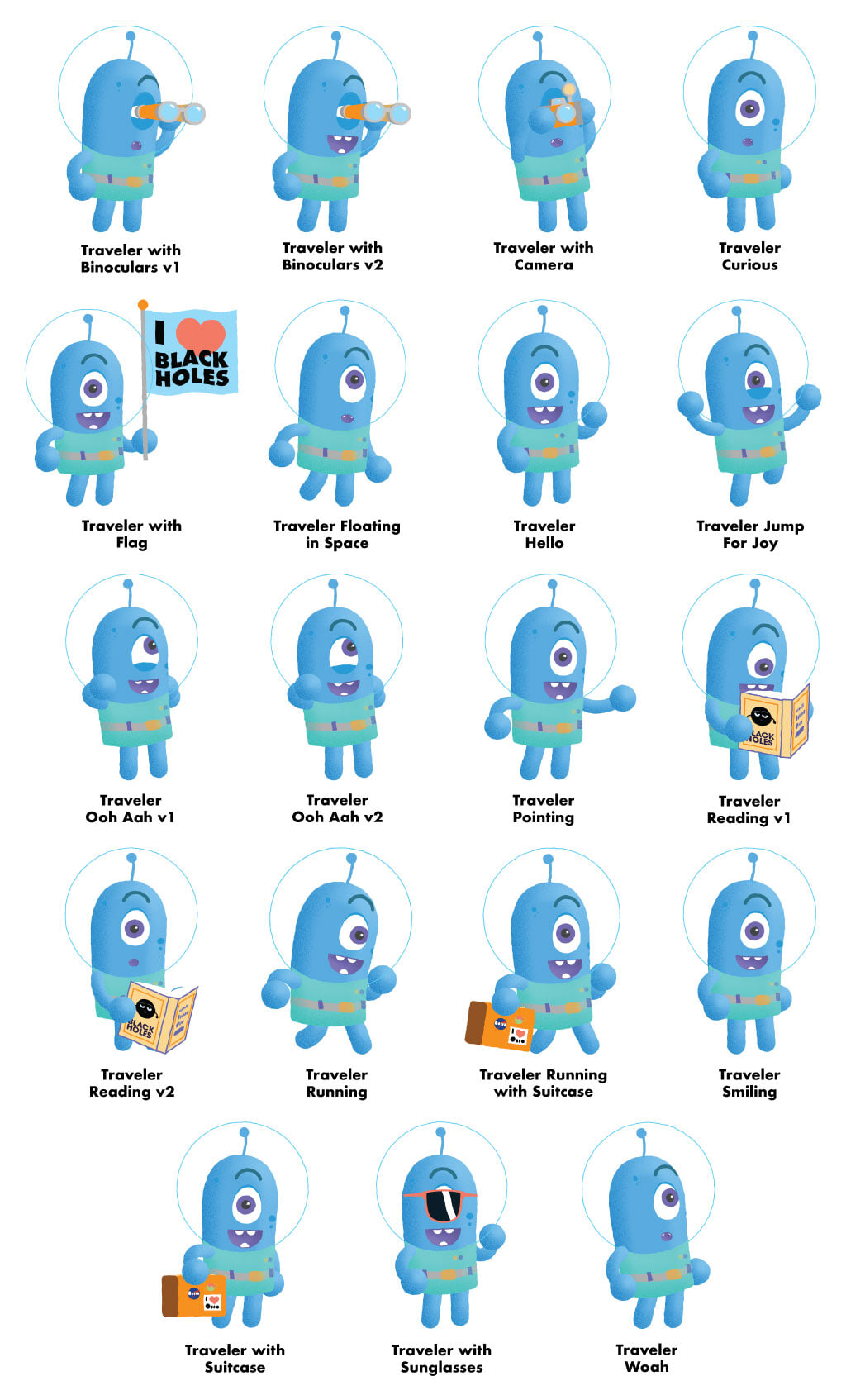
The Traveler: Stills
This little character can't wait to travel all over the universe, and since they clearly can't be convinced otherwise, we need to help them stay safe.

The Black Hole: GIFs
This character is aloof, but it's ultimately friendly and willing to help people learn more about black holes.
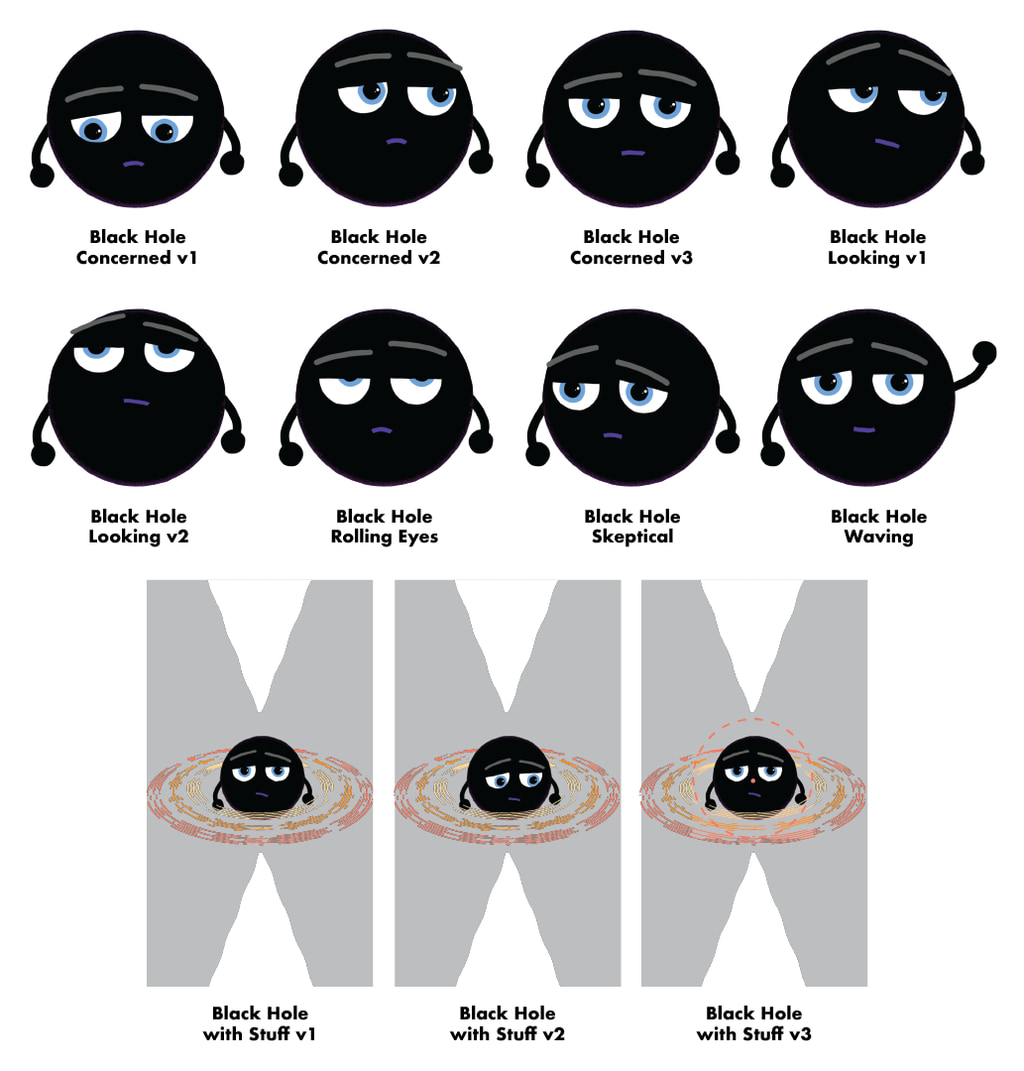
The Black Hole: Stills
Honestly, all this black hole wants is to be left alone. But, if that's not possible, it at least hopes that any visitors can keep a safe distance.
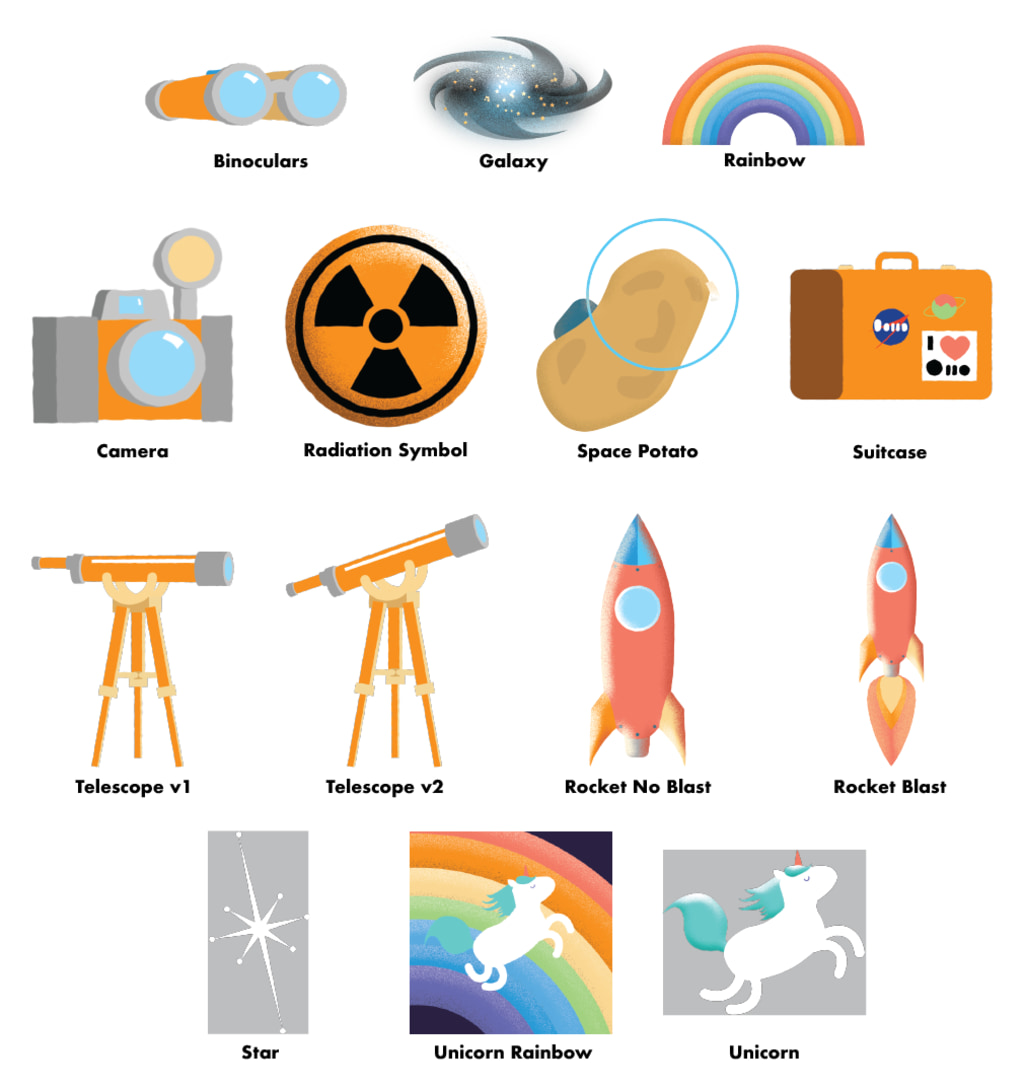
Other Stuff
From rocket ships and galaxies, to space potatoes and unicorns, there's a lot of other stuff out there in the universe of the Traveler and Black Hole Week!

Other Black Hole Friends: Stills
An unlikely pair, the baby (stellar-mass) and supermassive black holes enjoy just doing what they do best.

Stellar-mass Black Hole Birds: GIFs
These little black hole birds are a fun-loving bunch! They're happy by themselves or orbiting with a friend.
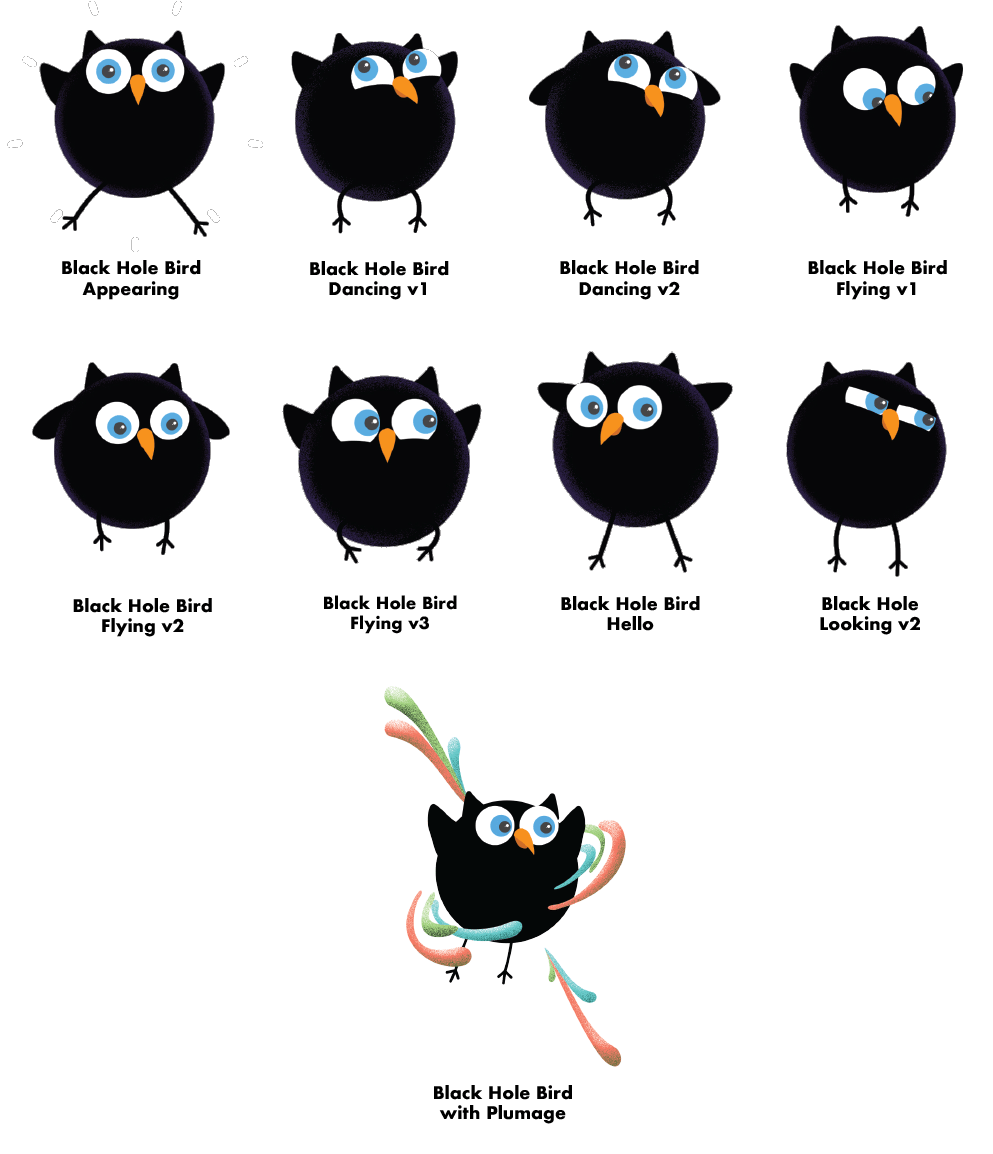
Stellar-mass Black Hole Birds: Stills
These little black hole birds are a fun-loving bunch! They love showing off their plumage in the form of accretion disks or jets.
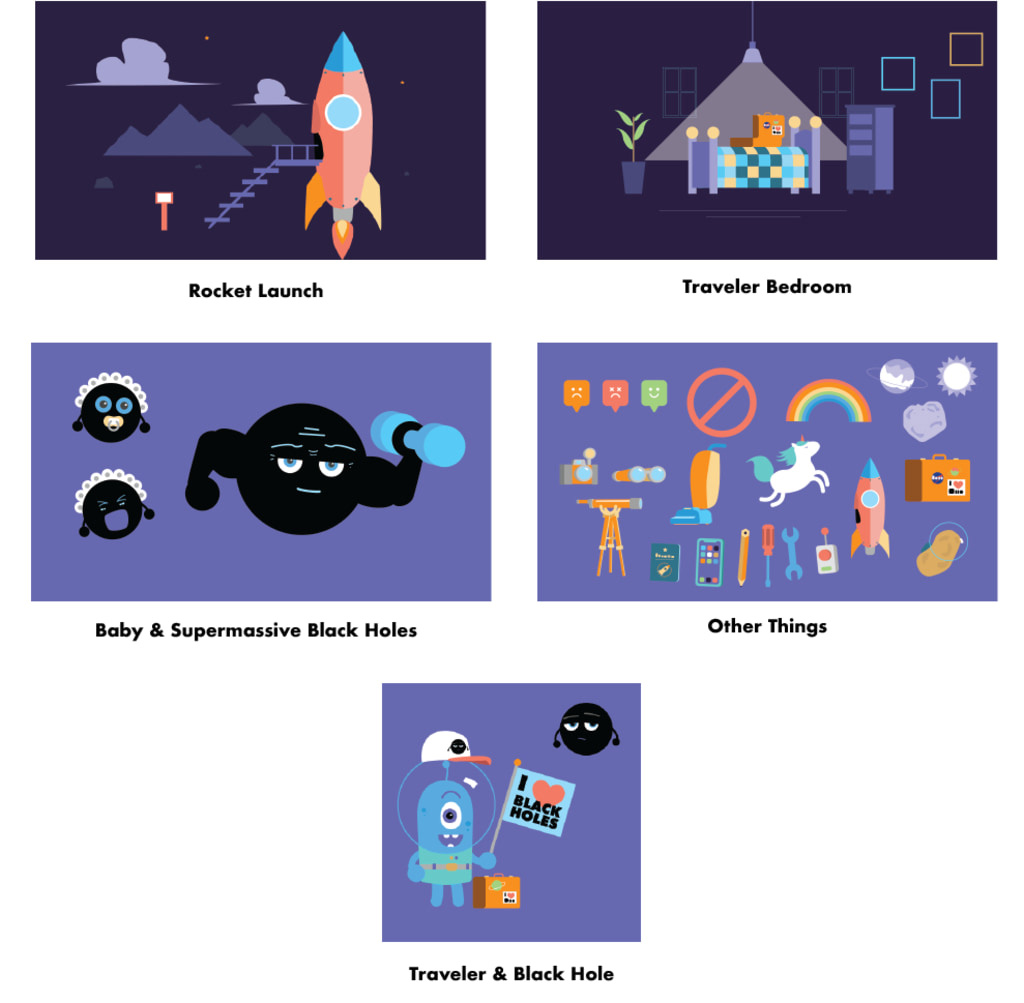
Traveler Illustrator Files
Download vector art for some of the most popular characters and locations in our Black Hole Week world.
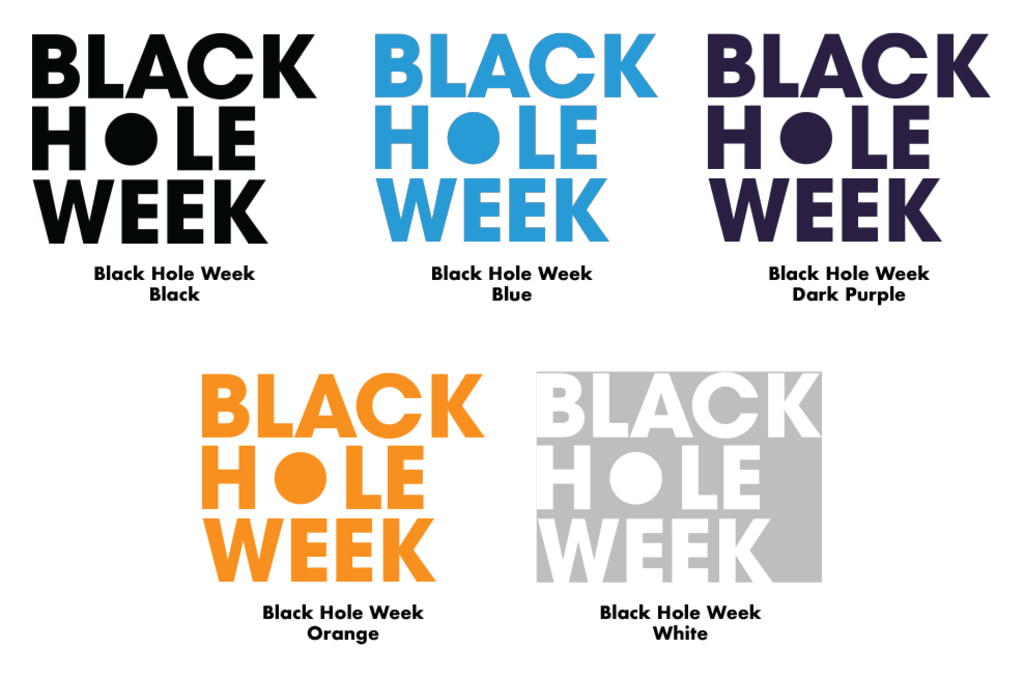
Black Hole Week Text Treatment
While we could just write out "Black Hole Week," we decided it would be more fun to make the "o" a black hole.
Spanish language assets

Safety Video - Spanish
Este vídeo es muy útil y te ayudará a orientarte antes de tu viaje (que seguimos deseando que no hagas). Aprende más sobre agujeros negros, cómo encontrarlos y ¡cómo mantenerte seguro cuando viajes a ellos!
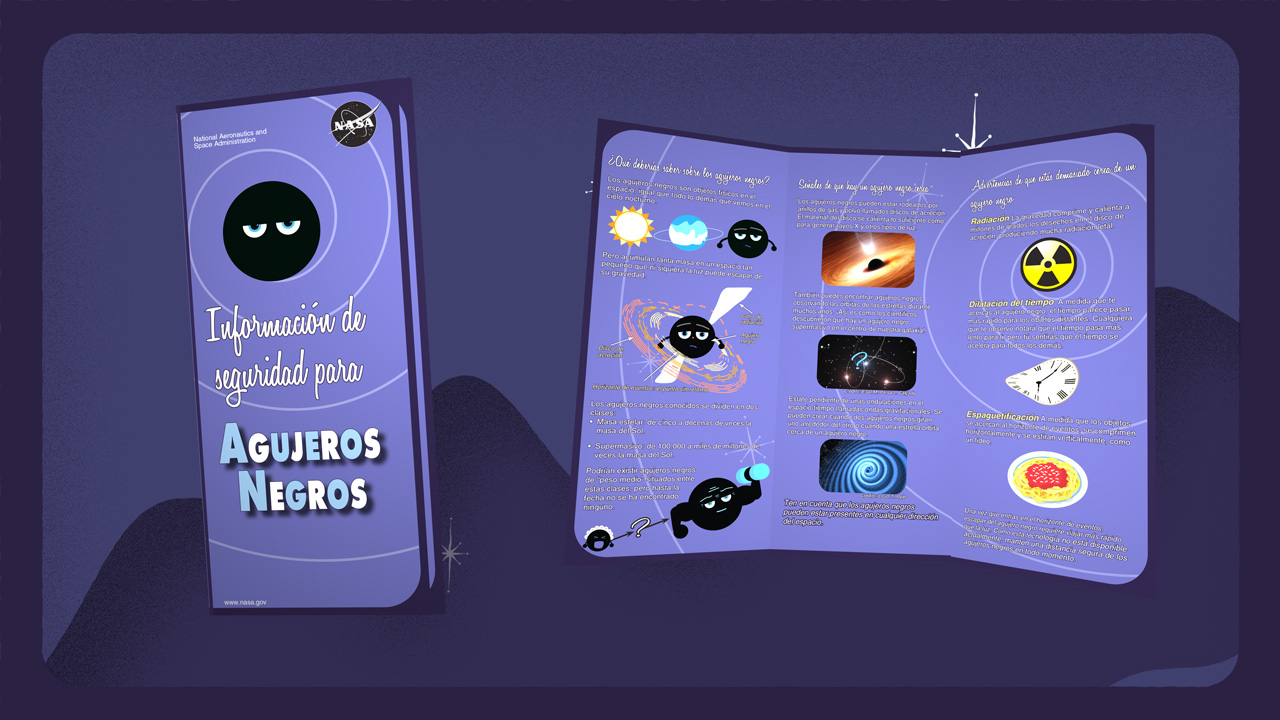
Safety Brochure - Spanish
También encontrarás en el bolsillo de tu traje espacial este útil folleto, que te brindará todos los consejos, trucos y datos que necesitarás para tus próximas (y desaconsejables) ¡vacaciones en un agujero negro!

